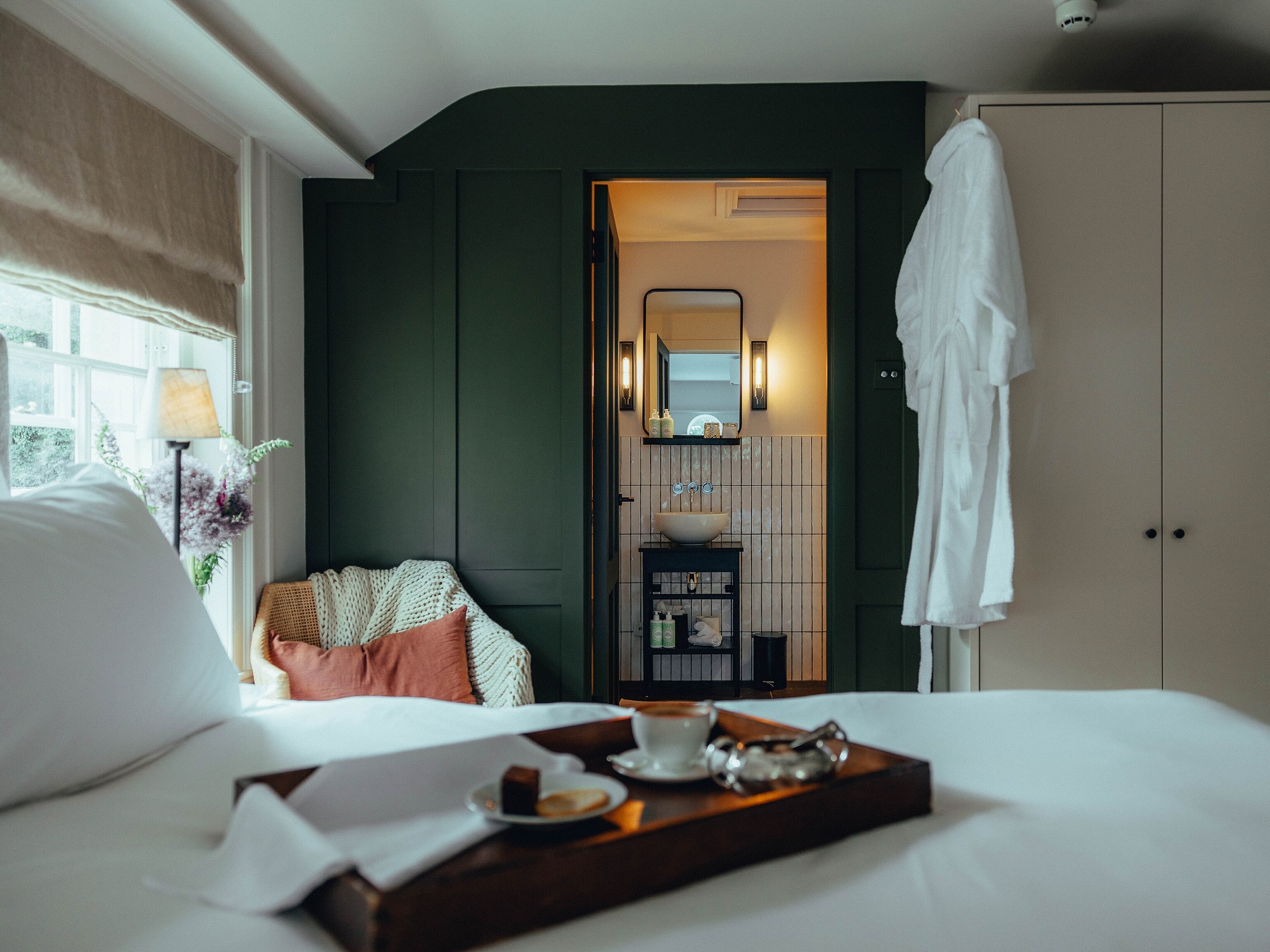
More Than a Canal: Panama City
After a decade of stop-and-go development, the Frank Gehry-designed BioMuseo opened in early February. The debut marked a defining moment for the capital in the centennial of another game changer: the Panama Canal.
Actually, the museum’s protracted birth fits the subject matter of its galleries, which tell a story that began some 20 million years ago.
Tectonic plates clashed and underwater volcanoes roiled to form the land bridge between continents today known as the nation of Panama, reshaping global climate and propelling massive biodiversity.
Now, as Panama City transforms into a vibrant boomtown, Gehry’s riot of Play-Doh colors, convoluted shapes, and helter-skelter arrangements makes a new anchor for the evolving skyline.
Sensory overload continues inside the BioMuseo. In the Panamarama gallery, wall projections of native ecosystems such as tropical cloud and rain forests envelop visitors with the point of view of sea turtles, leafcutter ants, and other indigenous creatures.
Elsewhere, lopsided columns tower over gallerygoers to represent the igneous rock that thrust up from the depths of the sea to forge the country.
“Panama has always been more than the canal,” says spokesman Jorge Sanchez. “Now you can experience its history, people, biodiversity, and culture—within a work of art.”
> Tip: Explore the resurgent colonial neighborhood of Casco Viejo, a UNESCO World Heritage site.
This piece was written by Jeanine Barone and originally appeared in Traveler‘s February/March 2014 issue. Follow Jeanine on Twitter @JCreatureTravel.
You May Also Like
Go Further
Animals
- Octopuses have a lot of secrets. Can you guess 8 of them?
- Animals
- Feature
Octopuses have a lot of secrets. Can you guess 8 of them? - This biologist and her rescue dog help protect bears in the AndesThis biologist and her rescue dog help protect bears in the Andes
- An octopus invited this writer into her tank—and her secret worldAn octopus invited this writer into her tank—and her secret world
- Peace-loving bonobos are more aggressive than we thoughtPeace-loving bonobos are more aggressive than we thought
Environment
- Listen to 30 years of climate change transformed into haunting musicListen to 30 years of climate change transformed into haunting music
- This ancient society tried to stop El Niño—with child sacrificeThis ancient society tried to stop El Niño—with child sacrifice
- U.S. plans to clean its drinking water. What does that mean?U.S. plans to clean its drinking water. What does that mean?
- Food systems: supporting the triangle of food security, Video Story
- Paid Content
Food systems: supporting the triangle of food security - Will we ever solve the mystery of the Mima mounds?Will we ever solve the mystery of the Mima mounds?
History & Culture
- Strange clues in a Maya temple reveal a fiery political dramaStrange clues in a Maya temple reveal a fiery political drama
- How technology is revealing secrets in these ancient scrollsHow technology is revealing secrets in these ancient scrolls
- Pilgrimages aren’t just spiritual anymore. They’re a workout.Pilgrimages aren’t just spiritual anymore. They’re a workout.
- This ancient society tried to stop El Niño—with child sacrificeThis ancient society tried to stop El Niño—with child sacrifice
- This ancient cure was just revived in a lab. Does it work?This ancient cure was just revived in a lab. Does it work?
Science
- The unexpected health benefits of Ozempic and MounjaroThe unexpected health benefits of Ozempic and Mounjaro
- Do you have an inner monologue? Here’s what it reveals about you.Do you have an inner monologue? Here’s what it reveals about you.
- Jupiter’s volcanic moon Io has been erupting for billions of yearsJupiter’s volcanic moon Io has been erupting for billions of years
- This 80-foot-long sea monster was the killer whale of its timeThis 80-foot-long sea monster was the killer whale of its time
Travel
- How to plan an epic summer trip to a national parkHow to plan an epic summer trip to a national park
- This town is the Alps' first European Capital of CultureThis town is the Alps' first European Capital of Culture
- This royal city lies in the shadow of Kuala LumpurThis royal city lies in the shadow of Kuala Lumpur
- This author tells the story of crypto-trading Mongolian nomadsThis author tells the story of crypto-trading Mongolian nomads




